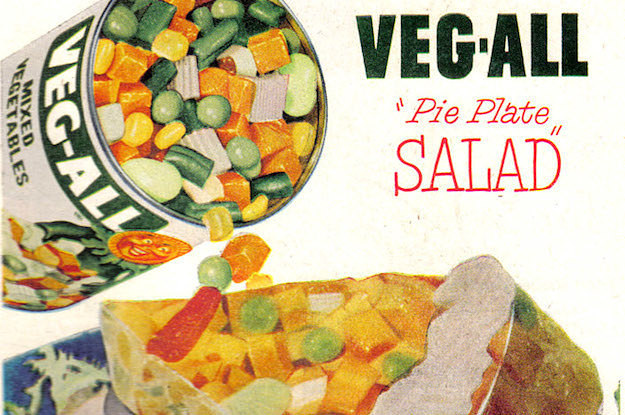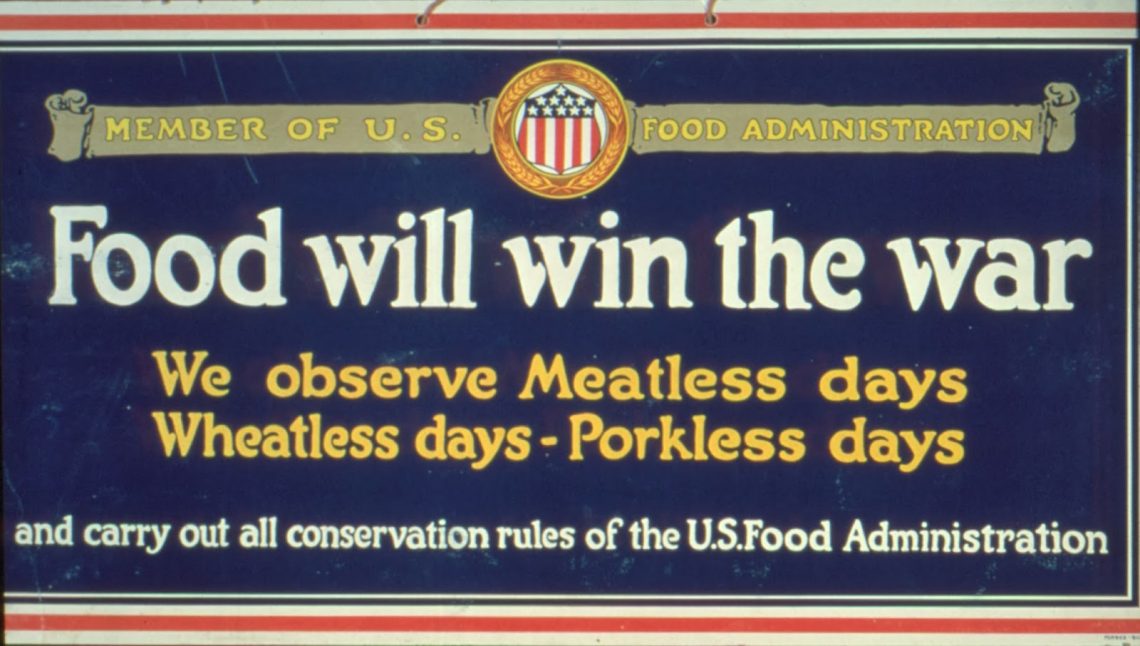In 2017 America, if you have the privilege, you can pretty much order whatever food you want in under a minute. Through your phone or computer or after a quick drive in your car, you can acquire pasta, Chinese food, Chipotle, burgers, or a bag of flamin hot cheetos. You have endless options. This hasn’t always been the case. Since America’s inception, food choices have been limited to what people could get their hands on. Here’s a brief history of the average American diet through the centuries.
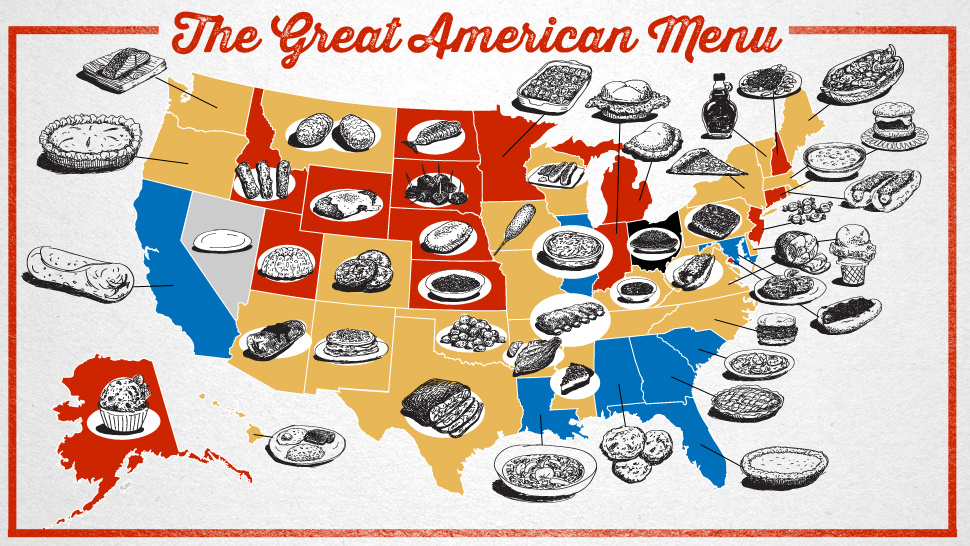
The American Revolution (1765-1783)
During these turbulent years for American independence, roughly 80,000 patriots served in the war. The average soldier received a half pint of peas, a pint of milk, a pound of beef, pork, or salted fish, and a pound of bread everyday. While that sounds like overkill, most people during this era chowed down on dense and calorie packed meals because they performed more physical labor. They also didn’t have cars for travel. Pork and beef were both more popular and available than fish, particularly the former. Turkey, pigeons, rabbit, and venison also were popular choices for meat, and were often smoked and preserved for the winter months. Stews were gourmet delicacies among the poor, who also downed a lot of ale since clean water was in short supply. Poor folks also dined on a lot of corn, available in the form of porridge, hoe cakes baked in front of fires (or directly on ashes), and grits. Wheat was for the wealthy.
The Antebellum South (-1865)
Corn and pork remained popular, for both slaves and their masters. Common meals included:
- Rice and Beans
- Bacon and Turnip Greens
- Salt Pork and Corn Bread
- Sweet Potatoes
- Grits (Hominy)
Many slaves were allowed to hunt and grown their own food to supplement rations when they weren’t providing gruelling labor. This kind of diet persisted for many poor southerners well into the mid-twentieth century.
World War One (1914-1918)
During World War One, many Americans ate more perishable foods like fruits and vegetables because they couldn’t be shipped overseas to troops. “Meatless Monday” and “Wheatless Wednesday” were encouraged, along with warnings to curb sugar intake. Think about that for a second. This was before the vegetarian and vegan craze of the later 20th century. Carnivorous Americans were encouraged to give up their pork and beef! As a result, victory gardens began (and would later be pushed even harder during War World II). Victory Gardens were simply the practice of growing your own stuff at home, and was considered a patriotic to support the war effort.
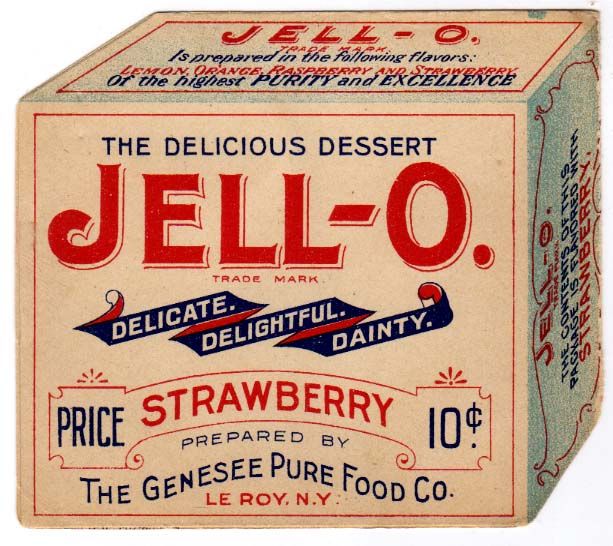 The Roaring 20s
The Roaring 20s
The 20’s was a time of decadence compared to the decade before. Also considered Gilded Age because of rampant materialism and consumerism in the face of looming social issues, The Roaring 20’s had quite the selection of new foods to choose from. The creation of refrigerators propelled jello into a super big fad. People used the disgusting substance to suspend virtually everything- meat, olives, yogurt- at the behest of magazines and cookbooks alike. The Pineapple Upside Down Cake was also a common recipe, thanks to the accessibility of cored pineapples from Hawaii. The Caesar Salad became trendy among elites who traveled to Mexico or had expensive tastes, as it was invented by Italian restaurateur Caesar Cardini in 1924. He made the salad with the few ingredients he had on hand. Chicken A La King, or chicken and vegetables in a cream sauce, was a popular status meal, though it had existed since the late 1800’s. As prohibition raged on, some speakeasies provided finger foods like “lobster canapés, caviar rolls, crabmeat cocktails, shrimp patties, oyster toast, jellied anchovy molds, radish roses, devilled eggs and savory cheese balls.” Other food inventions from the 1920s include Betty Crocker, White Castle, and Reeses Peanut Butter Cups.
The Great Depression (1929-1939)

When the market crashed and a lot of people went broke, they also went hungry. To cope, people made do with what they could get their hands on. Popular dishes included:
- Casseroles. These were huge because people could make a little meat and vegetables stretch with a sauce and topping.
- Ketchup sandwiches, onion sandwiches, chipped beef on toast, mayo sandwiches
- Meatloaf, macaroni and cheese, chili
- People who relied on soup kitchens ate- wait for it- soup
Among wealthy WASPs, bland food was popular because there was a concern that stimulating foods with spices would lead to trouble. Lastly, milk became a super food thanks to the discovery of vitamins.
World War II (1939-1945)
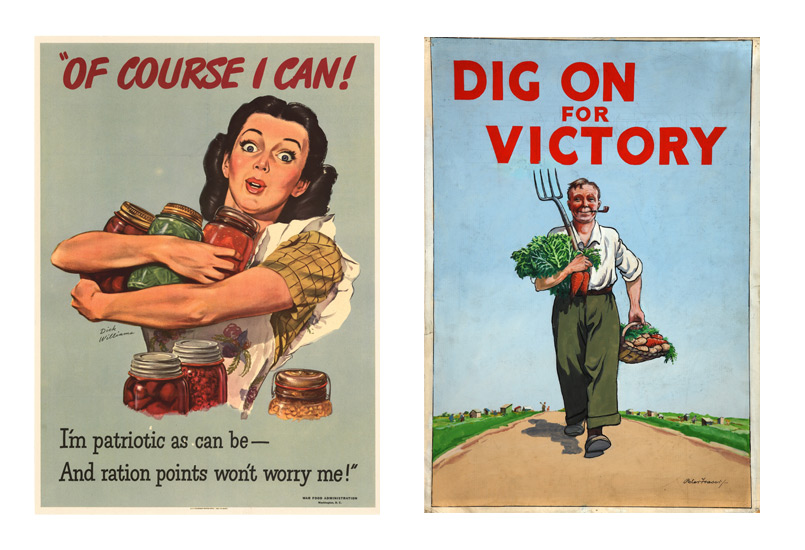
World War II created the need for food rations, so Americans were given allowances of sugar, coffee, meat, cheese, canned food, and milk. The sugar ration lasted until 1947. 20 million Americans had victory gardens by the end of the war.
The 1950’s
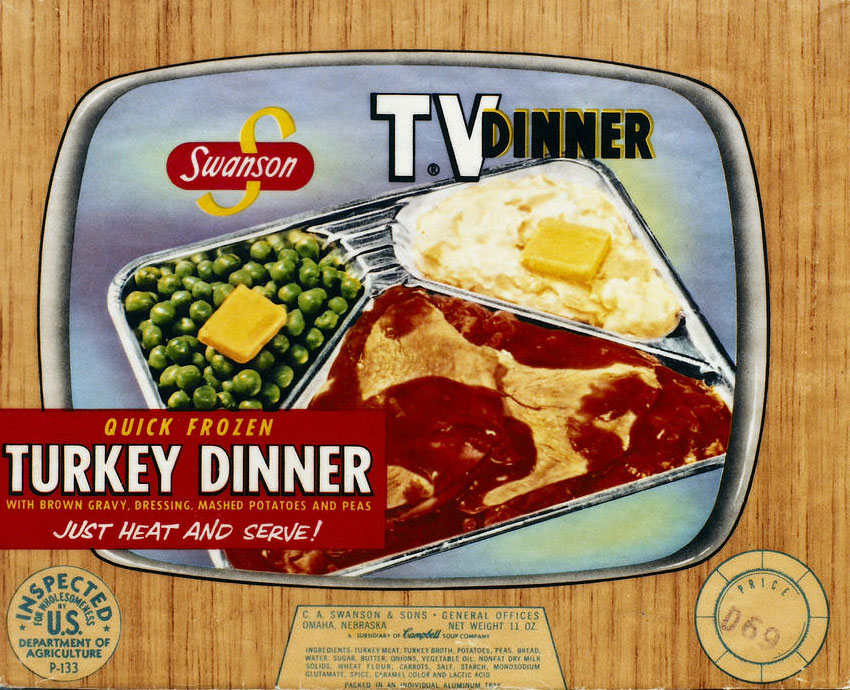
TV Dinners were HUGE in the 1950’s They were perfect products for housewives concerned with convenience (the ones who owned microwaves). They also coincided perfectly with the creation of TV’s, and advertisements made sure to play up the fact that these meals were meant to be ingested by families gathered around the boob tube. Beef stroganoff and tuna noodle casseroles were also popular recipes. Drive Thrus and diners came to prominence during the 1950s, making hamburgers, french fries, and milkshakes regular meals. The 11940’s and 950’s also saw the rise of pizza, which had became popular after soldiers stationed in Italy during World War II returned home.
The 1960s
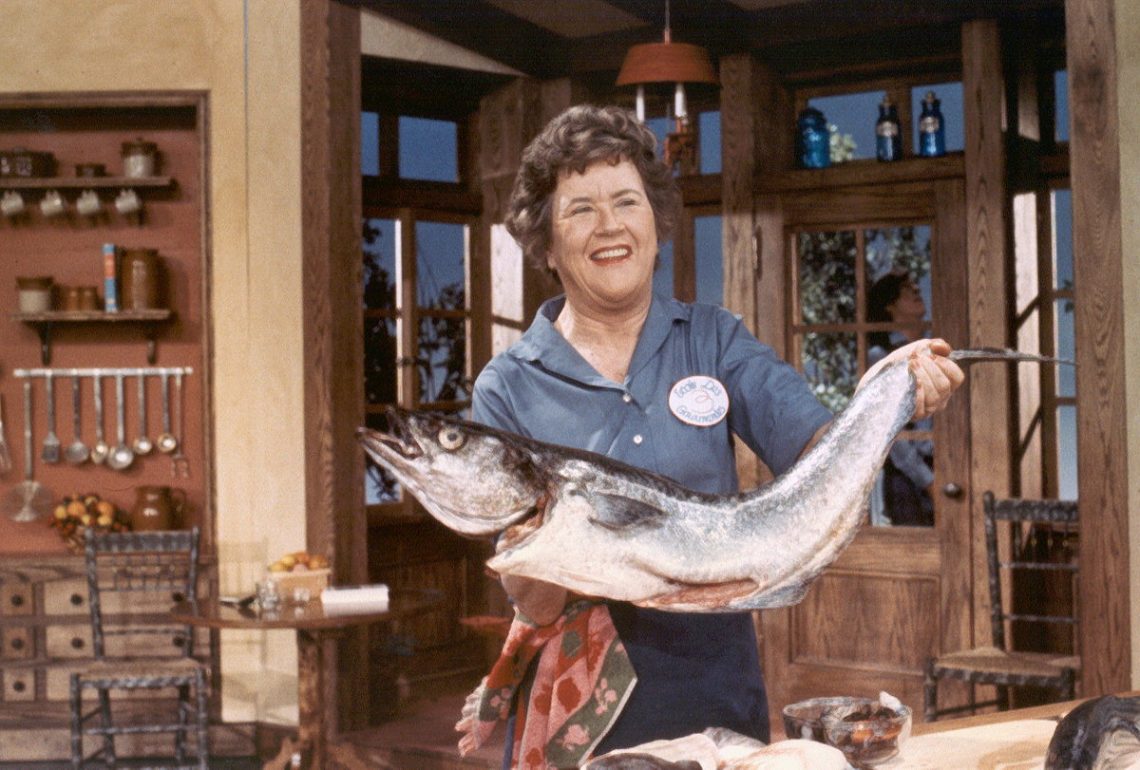
The 1960’s is the last decade I’ll be exploring because it was the last decade before true globalization. The American palette was officially diversified. The 1960s saw the surge in air travel, and many people brought back new favorite dishes from their trips to overseas locales. Asian and Mexican immigrants created flourishing “oriental” buffets and mexican eateries. Swedish smorgasbords were also popular. The 1960s saw the creation of buffalo wings and the belgian waffle. But the style of food that best describes the 1960s was French. Julia Childs and french cooking blew up around the world, but especially in America. Fancy and expensive French restaurants became the wave.

